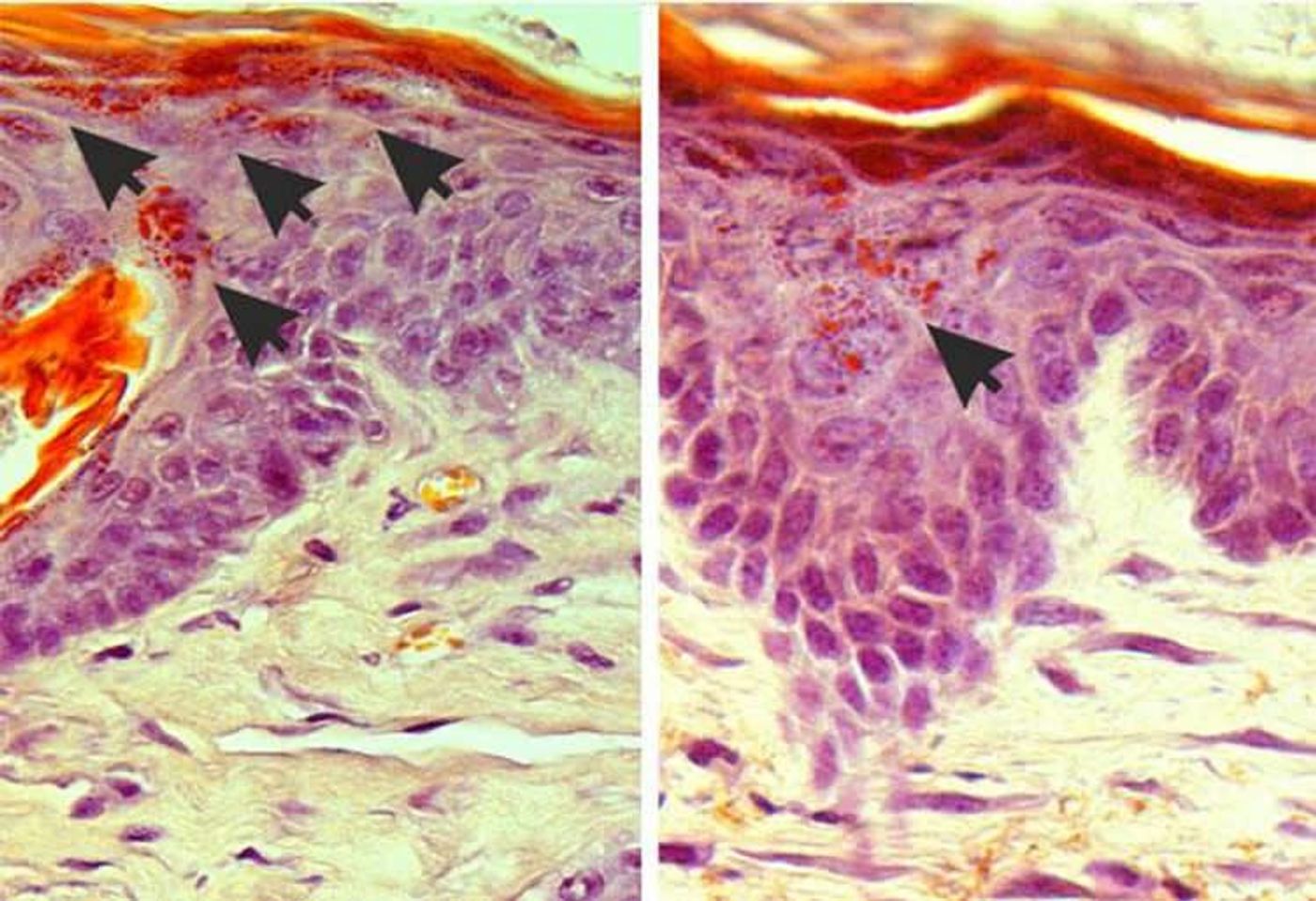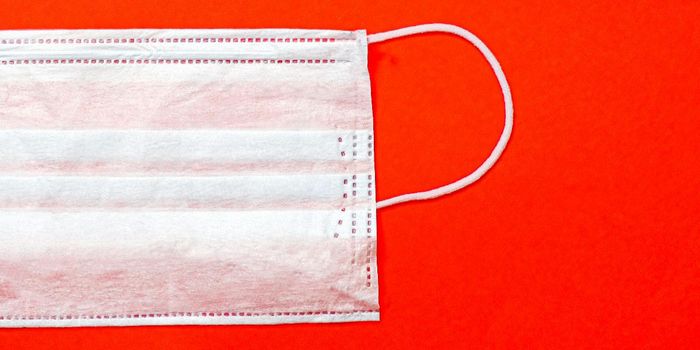Light Makes An Itch Go Away!
Itching, a common dermatology symptom has diverse epidemiology. More than 1 in 5 people experience chronic itch at least once in their lifetime. Despite the prevalence, the underlying cellular and molecular mechanisms remain a mystery. The pathway that leads to the scratch response has been proposed to be mediated either by histamine or non-histamine mediators. No wonder those anti-histamine drugs cannot offer relief to all itches!
One of the anti-histamine resistant itch mediators, cytokine interleukin(IL)-31 gained much attention as a potential therapeutic target. Overexpression of IL-31 in mice showed symptoms similar to atopic dermatitis. A humanized antibody against IL-31RA has been demonstrated as a possible treatment approach for atopic dermatitis.
Researchers at EMBL Rome investigated the IL-31 ligand to target the IL-31 receptors and suppress its expression by using phototoxic complexes. Their efforts have now found a way to stop itch with light in mice. Nature Biomedical Engineering publishes their results on 17 December 2018.
The effect of the treatment can last several months. Other types of nerve cells in your skin – which make you feel specific sensations like pain, vibration, cold or heat – are not affected by the light treatment: the skin only stops itching.
The method works well in mice with eczema (AD: atopic dermatitis), and a rare genetic skin disease called amyloidosis (FPLCA: familial primary localized cutaneous amyloidosis), for which there’s currently no cure. “For me, the most exciting part of this project saw the improvements in the animals’ health,” says Linda Nocchi, first author of the paper and postdoctoral researcher in the Heppenstall group. “Their skin looked much better after treatment, and they scratched less.”
Mouse skin samples of the rare genetic skin disease amyloidosis, before light treatment (left) and after treatment (right). The arrows indicate aggregates of debris, which cause the skin to become rough and uncomfortable. Upon treatment these aggregates are reduced, allowing the skin to heal. NeuroscienceNews.com image is credited to Paul Heppenstall and Linda Nocchi / EMBL.
The specialized nerve cells that sense itch are located on the upper surface of the skin. Linda Nocchi, Paul Heppenstall, and colleagues at EMBL Rome developed a light-sensitive chemical that binds only to those cells. By first injecting a mouse’s affected skin area with the chemical and then illuminating it with near-infrared light, the itch-sensing cells withdraw from the skin. This stops the itch and allows the skin to heal.
“We hope that one day, our method will be able to help humans suffering from a disease like eczema, which causes chronic itching,” says Paul Heppenstall, who led the study. It is already known that mice and humans have the same target molecule for itch therapy: a small protein called Interleukin 31 (IL-31). One of the team’s next steps will be to test the light therapy in human tissues.
Previously, the Heppenstall group published a method to manage chronic pain with light. “We think that the mechanism we’ve discovered might be a general method for controlling sensation through the skin,” says Heppenstall. “Our goal now is to take these therapies further. We want to collaborate with industry partners to develop therapies for humans, but also veterinary medicine, as itch is a major problem in dogs as well.”
Source: Nature Biomedical Engineering, EMBL Rome.









